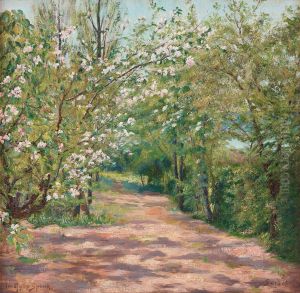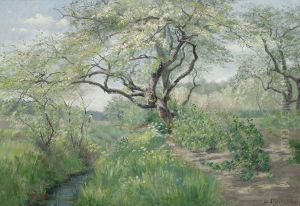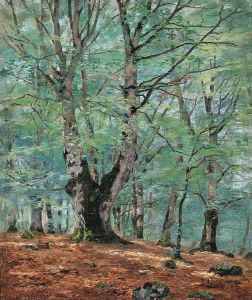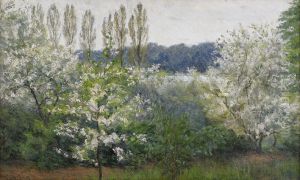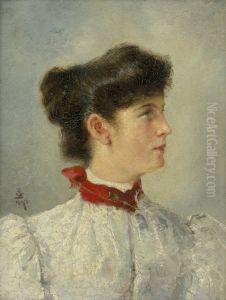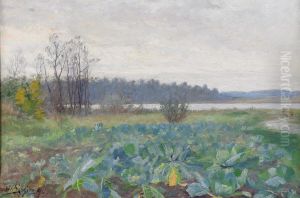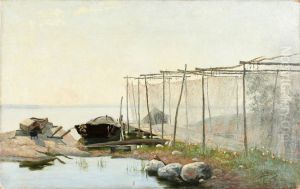Ida Gisiko-Sparck Paintings
Ida Gisiko-Sparck was a German artist known for her contributions to the fields of painting and graphic arts. Born in 1907, she navigated through an era of significant historical events and changes in the art world, developing a unique style that reflected the complexities of her time. Her early life was marked by the cultural vibrancy of pre-World War II Germany, a period that influenced her initial artistic directions. Despite the challenges posed by the socio-political climate, Gisiko-Sparck pursued her passion for art, studying under notable artists and at esteemed institutions, though detailed records of her education are sparse, reflecting the era's tumultuous nature and the challenges faced by women in the arts.
Throughout her career, Ida Gisiko-Sparck's work evolved, mirroring the shifts in artistic trends from the early to mid-20th century. She dabbled in various mediums, including oil painting and printmaking, demonstrating a versatile skill set that allowed her to express her artistic vision in multiple forms. Her art often explored themes of human emotion, nature, and the abstract, blending elements of Expressionism and New Objectivity with her distinct perspective. Despite the overshadowing prominence of male artists during her time, Gisiko-Sparck carved out a space for herself in the art world, participating in exhibitions and gaining recognition among her peers and art critics alike.
The post-World War II era brought new challenges and opportunities for artists in Germany and beyond. Ida Gisiko-Sparck's work from this period reflects a deep engagement with the changing cultural and political landscapes. She was part of a generation of artists who sought to rebuild and redefine German art, contributing to the revitalization of the country's artistic identity. Her pieces from this time show a maturation of style and thought, embodying the resilience and introspection that characterized post-war art.
Ida Gisiko-Sparck continued to create and exhibit her work well into the late 20th century, until her death in 1996. Her legacy, though perhaps not as widely recognized as some of her contemporaries, remains significant for its contribution to the narrative of 20th-century German art. Her body of work serves as a testament to the enduring power of artistic expression in the face of adversity and change. Gisiko-Sparck's career is a reminder of the important role women played in the development of modern art, often against considerable odds. Her art remains a subject of study and appreciation for those interested in the complexities of 20th-century European art and the contributions of female artists to that rich tapestry.
